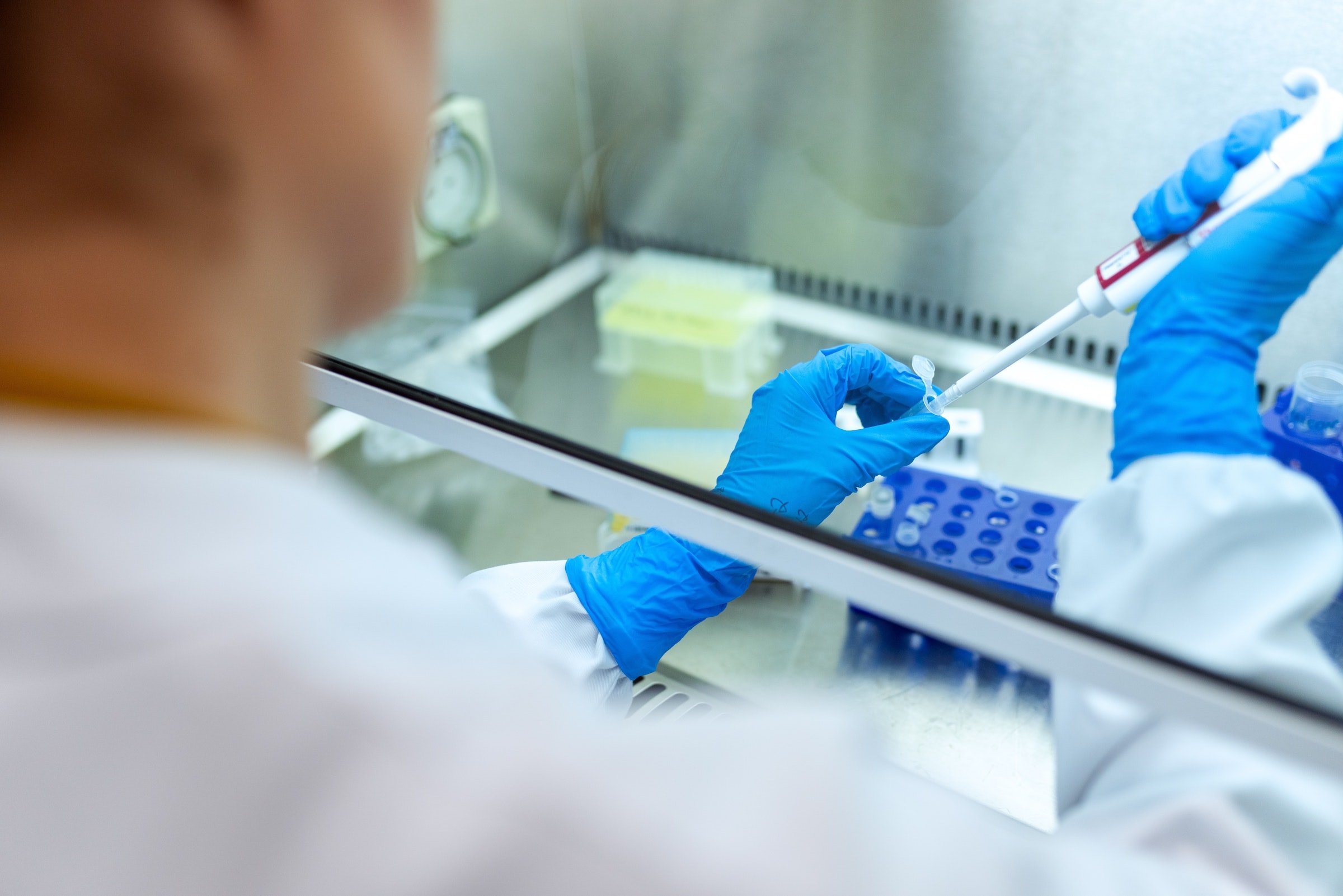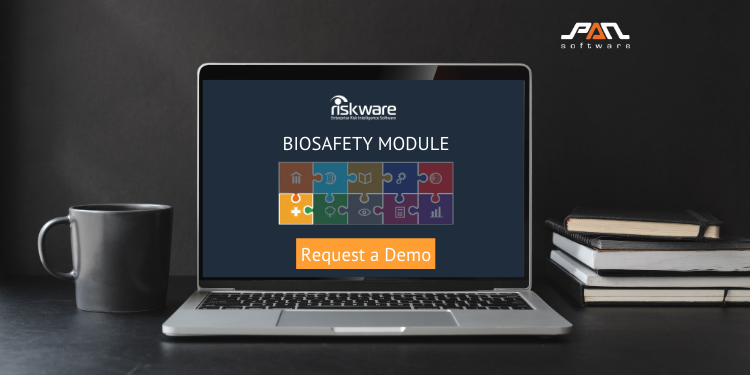Advancements in science and technology, whether they apply to industries from health to agriculture to supply chain production, are enabling the world to produce research, goods, services, and so on more efficiently and effectively - but with the research, testing and execution of these advancements also come risks. In particular, many industries and organisations need to manage the risks of the accidental exposure to hazardous substances or materials. The approach, policies and processes by which these types of risks are managed is called biosafety, an increasingly important subset of an organisation's overall health and safety management.

To elaborate, biosafety refers to an organisation’s specific practices, safety equipment and specially designed workplace environment to ensure that not only its workers, but also the public and environment, are protected from accidental exposure or unintentional release of infectious agents, toxins and other biological hazards. Having effective biosafety management means having processes in place for how hazardous substances, radioactive equipment/substances and biological/biosecurity materials can be purchased, used, stored and disposed of in order to mitigate or prevent any potential harm.
Biological or chemical laboratories may be what first come to find when it comes to who needs biosafety; however it's relevant for many fields from agriculture to medicine to research and education. The overarching benefits of biosafety are three-fold.
- It protects the health and safety of your employees, your community and the environment.
- It enables organisations to uphold and promote best practices within their industry.
- It ensures compliance with regulatory and legislative obligations, which vary depending on your industry and depend on the commitment from your organisation. For example, for laboratories, there is the standard AS/NZA 2243.3-2010 with guidelines for microbiological safety and containment.
Often tied with biosafety is biosecurity. Although the focus of this blog is biosafety, it's worth noting the difference. Biosecurity, as noted by the Australian Government Department of Health, refers to "all the measures taken to minimise the risk of infectious diseases caused by viruses, bacteria or other microorganism entering, emerging, establishing or spreading in Australia," which could bring harm to the public, food security and economy. Therefore the difference relates to the focus infectious diseases and their effect on the public. When you think of biosecurity, you likely think of the checks when you travel and re-enter the country, but it goes beyond that. While those checks are critical, if an organisation is doing research in infectious diseases, for example, it will need to have clear management of biosecurity risks.
Managing Biosafety at Your Organisation
To ensure effective biosafety management within your organisation, there are certain elements your organisation should fulfil.
Build a team for managing and maintaining biosafety
As with all areas of risk, there needs to be people dedicated to the efforts. Biosafety is no different. Depending on an organisation's size and focus, it should have a team, committee or department that drives the creation of policies, procedures and processes of biosafety practices as well as manage the ongoing evaluation and testing. This is not to say biosafety is only in the hands of this team alone as biosafety is a very collaborative; rather they are in charge of leading efforts and ensuring proper communication among the rest of the organisation to achieve the utmost resilience.
Have clear guidelines for risk management of hazardous substances and materials
Biosafety management follows a traditional risk management framework of risk identification, assessment, control and evaluation. As with other areas of risk, however, it's not necessarily feasible or sensible to have a risk manager solely conducting risk assessments and implementing control measures. With hazardous substances in a laboratory, for example, the researcher or scientist is likely most capable to identify potential hazards and risks, assess and controls for those risks. Therefore, clear policies and procedures for how to perform risk assessments as well as implement and document control measures need to be outlined in detail for staff to follow and execute.
Concrete documentation & seamless accessibility
As biosafety is truly in the hands of several people within an organisation, documentation is key. All policies and procedures need to be outlined, and just as importantly, the documentation and any other necessary materials, such as forms, need to be accessible to your organisation in a core area or portal. Unless your organisation is very small and only operating out of one area, this system needs to be digital and backed up - and even then, it would be smart to have everything accessible from online. This is where biosafety management software, like RiskWare, can become your most valuable resource. It will give your organisation a central source for your biosafety documentation, operations and forms as well as give you the means to report on your efforts and communicate better with all staff.
Thorough communication on biosafety management efforts
Biosafety management will be its strongest only when your entire organisation is educated and trained on the role they play in the effort and the importance of biosafety. This can be done with thorough communication, including training on policies and how to access all resources. As always, these messages need to be bought in by and stem from leadership to have the greatest impact on health and safety in your workplace culture.
Biosafety management is an ongoing process, so none of the above is static in nature. These areas represent ongoing efforts to be developed and maintained, especially given the new biosafety threats that arise frequently and the potential harm that can be inflicted. With all these moving pieces, biosafety management software will help keep your organisation organised, better protected and allow you to act fast.
If you'd like to learn more about RiskWare's Health & Safety Module, including its biosafety management capabilities, get in touch - we always have time for a conversation!











Leave a comment